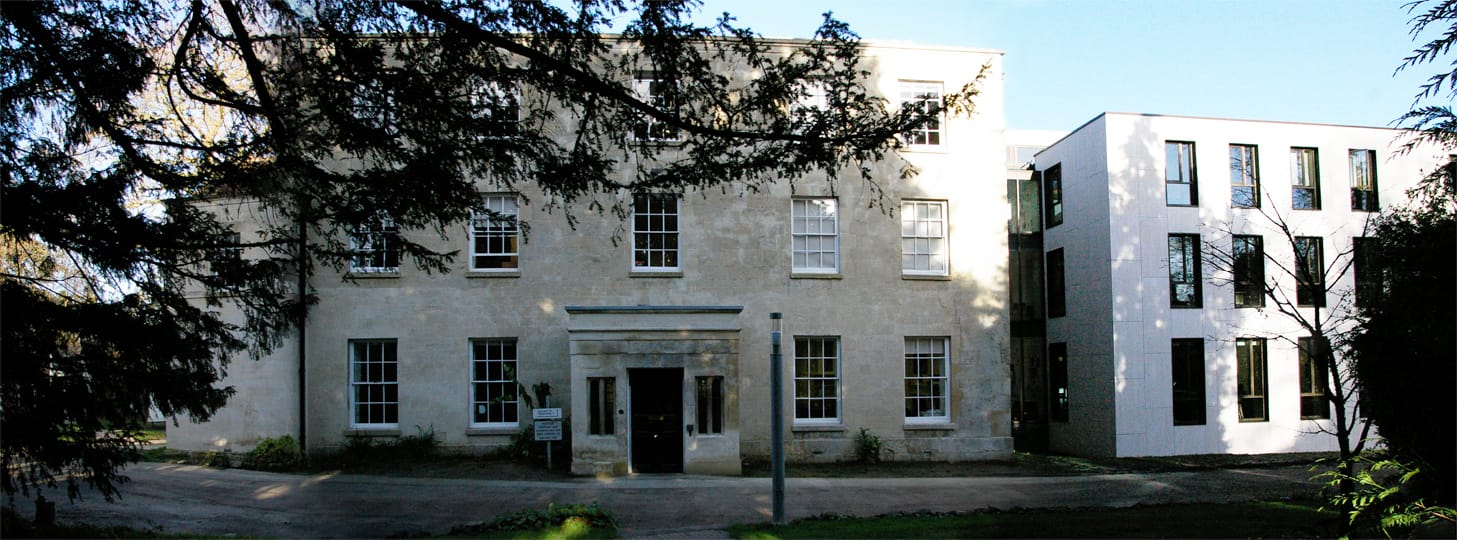Tiny forest, big trouble

It is tree planting season.
Oxford City Council has made much of planting 150 trees across the city. Oxfordshire County Council is adding another 109 street trees within the city limits. One enterprising city councillor, in conjunction with an East Oxford school, has planted nearly 1000. (You are reading that right: one school funded and planted four times more than the city and county council together. The kids are all right.)
Saplings take decades to reach maturity. So why, while all this is going on, has the City Council seemingly granted permission to bulldoze another “tiny forest” planted as recently as 2021? Or is there more to the story than first appears?

Don’t it always seem to go that you don’t know what you got till it’s gone
84% of the UK population now live in urban areas. But while urbanisation is increasing, UK urban green space is on a downward trend. This means that people living in urban spaces have less and less access to the natural world.
Nationally, the Chief Medical Officer's Annual Report cited lack of green spaces in cities as one of the challenges of city living. The UK is one of the most nature depleted countries in the world and ranks bottom in Europe for nature connectedness. Leafy Oxford is far from immune: a pioneering report by the University’s Environmental Change Institute demonstrated that the most deprived areas of the city have the least access to greenspace.
Tiny Forests, say their instigators, address all this by “bringing the benefits of the forest in to the heart of cities”. They’re dense woodlands planted in a small area, recreating the natural structure of a forest in miniature. Each one typically contains some 600 trees, densely planted using the Miyawaki method developed in Japan. Earthwatch, who plant the forests, say each forest attracts over 500 animal and plant species within the first three years.
In the middle of lockdown (January 2021), two Tiny Forests were planted in Oxford. The first was in Meadow Lane, East Oxford; the second was on Foxwell Drive in Headington. Earthwatch Europe, the OVO Foundation and Oxford City Council co-operated on the project. Oxford City Council proudly championed them in its Urban Forest Strategy, published later that year.
The Foxwell Drive site contains 21 species of tree. There is an outdoor classroom area that can be used by both schools and local residents. At the time, Councillor Linda Smith, then Cabinet member for Leisure and Parks, said:
“Despite their small size, they deliver significant tangible benefits, including flood mitigation, havens for wildlife, and spaces for people to connect with nature. I hope these tiny pockets of nature will bring pleasure to the local community for decades to come.”
They paved paradise and put up a parking lot
Did you know Oxford had a third university?

Next to the Tiny Forest, which is public land owned by Oxford City Council, sits land owned by Ruskin College Oxford. This land, known as Ruskin Field, sits between Ruskin College and the A40 Northern Bypass.
Ruskin College is an outpost of the University of West London. It bills itself as offering adult learning to people of all ages and backgrounds: “For many adult learners, financial, personal or social obstacles make it difficult to continue in education. Ruskin College offers a supportive environment to progress your education and enhance your career prospects. [...] We offer access to university-standard education and support.”
Ruskin College are looking to redevelop the educational facilities at the campus. Without the reserves of the University of Oxford to call on, they are planning to dispose of Ruskin Field for residential development. Regular readers of the Clarion will know all about the challenges with building in Oxford; you can add “access” to the list.
Currently, Ruskin Field is reached via Stoke Place, a narrow lane which is manifestly not wide enough for access to 150 homes. So the proposed new access to the Ruskin Fields site is over, you guessed it, the land on Foxwell Drive.
Ruskin College approached Oxford City Council initially to acquire a right of way over a section of land on Foxwell Drive. This progressed into an ‘Option Agreement’. In October, Oxford City Council’s Cabinet approved, with less than two minutes’ discussion, an option to sell the land on Foxwell Drive to Ruskin College.
Leave me the birds and the bees… please
Residents were in uproar about the proposed loss of their beloved Tiny Forest. The decision was ‘called in’ by local councillors to challenge the decision at an Extraordinary Meeting of the Scrutiny Committee.
In Cabinet-run councils, which include all six in Oxfordshire, scrutiny committees scrutinise the decisions made by the cabinet. They are made up of a mix of councillors from different parties, to ensure that officers and cabinet cannot just railroad through changes. This meeting of Oxford City’s Scrutiny Committee was live-streamed, and you can watch it here.
Residents and councillors raised the apparent lack of reflection when the decision was originally made; the loss of the public open space that is the Tiny Forest; and the lack of public consultation. Speaking out in the meeting were city councillors Roz Smith (LibDem, Quarry and Risinghurst) and Altaf Khan (LibDem, Headington), plus emeritus professor and chair of the Friends of Old Headington, Jim Malcomson. The Tiny Forest does not sit in Old Headington, strictly, but Ruskin Fields do. Old Headington is a conservation area, and some of the work of the Friends is to promote understanding of the challenges of building in the area.
The meeting was tense, complex, but thorough. We watched it all so you don't have to, and followed up several points with Oxford City Council after the event.
The Option Agreement allows Ruskin College to purchase Foxwell Drive, including the Tiny Forest, from Oxford City Council. However, it will only allow Ruskin College to purchase the land on Foxwell Drive once it secures a planning consent for development on Ruskin Field. As part of that planning consent, it would need to apply for permission to bulldoze the Forest. As such, the Scrutiny Committee approved the original Cabinet decision.
Here is where some confusion arises – because Oxford City Council is operating with two different hats on.
As landowner of Foxwell Drive, it is required by law to secure the best possible renumeration for any land sold to developers. The Foxwell Drive parcel of land is small, and it was made clear in the meeting that given its size and location, no other bidder would be likely to offer a higher price than that agreed with Ruskin College.
Its other hat is as the planning authority. Here, it must ensure that there is adherence to Oxford's planning regulations.
The obvious question is whether Oxford City Council be both judge and jury. They said:
“The decision maker as landowner is different and separate from the decision maker on planning matters. There are proper arrangements in place to ensure separation of responsibilities between the Council as landowner and as planning authority and this will continue to be kept under review and members and officers advised as needed.”
(Readers elsewhere in the county may recognise the similar situation near Didcot, where Oxfordshire County Council’s plans to build a £332m relief road were turned down by Oxfordshire County Council’s own planning committee.)
They took all the trees, put them in a tree museum
In summary: Ruskin College can't buy the land until it has planning permission. For that planning permission, it will need to apply to bulldoze the Tiny Forest. If it gets it, it will have paid Oxford City handsomely for a tiny parcel of land – crucial to their plans, but highly emotive to residents.
Oxford needs houses. The planet needs trees. Residents need greenspace. Can the three be reconciled? We expect the decision meeting will be standing room only. Sometimes a tiny forest can have a big impact.
